Quick Summary
- Choosing between ceramic and porcelain tiles comes down to understanding their differences in durability, water resistance, cost, and maintenance.
- Ceramic tiles are affordable, easy to install, and ideal for low-traffic areas like bedrooms and walls.
- Porcelain tiles are denser, more durable, and water-resistant, making them perfect for kitchens, bathrooms, and high-traffic spaces.
Picking out the right tile for your home isn’t as simple as it seems. You walk into a store or start browsing online, and suddenly, you’re flooded with options. Among the most common choices, ceramic vs porcelaintile is a popular competition. They might look alike at first. Choosing between the porcelain tile vs ceramic tile is about how your space looks, feels, and holds up over time.
Both ceramic and porcelain tiles are made from clay and fired in a kiln, but that’s where the similarities pretty much end. Porcelain is denser and more water-resistant, which makes it ideal for areas that see a lot of traffic or moisture, like kitchens, bathrooms, or even outdoor patios. Ceramic, on the other hand, is lighter, easier to cut, and usually more budget-friendly.
Choosing the wrong one could lead to more wear and tear and issues like cracking or water damage.
In this guide, we'll walk you through the real differences between porcelain vs ceramic tile so that you can make the right call for each room in your house. Whether you’re renovating a bathroom, updating your kitchen, or planning a full flooring makeover, this article will help you figure out what works where and what to expect in terms of cost and upkeep.
What Are Ceramic and Porcelain Tiles?
It is important to understand the difference between ceramic tile and porcelain tile to know exactly how they’re different.
Both ceramic and porcelain tiles come from the same basic starting point: natural clay. That clay is shaped into tiles and then fired in a kiln at high temperatures. But how they’re made and what goes into them sets them apart in some important ways.
Ceramic tiles are made from a mix of natural red, brown, or white clay and other materials.
- They’re fired at a lower temperature compared to porcelain.
- This makes ceramic tiles slightly softer and more porous, allowing them to absorb more water.
- Also it makes ceramic better for indoor use where there’s less exposure to moisture and heavy wear.
Porcelain tiles are made from finer, more refined clay and are fired at much higher temperatures.
-
This process makes them denser, harder, and nearly impervious with a water absorption rate of less than 0.5%, outperforming ceramic in wet areas.
- That makes it Tile for wet areas that get a lot of foot traffic, moisture, or temperature changes, like bathrooms, kitchens, basements, and even outdoor patios, as tiles have good water absorption.
Among the advantages of porcelain tiles is that they often have color and pattern running all the way through the tile, not just on the surface. So, if they chip, it’s less noticeable. Ceramic tiles, by contrast, usually have a colored glaze only on top so that a chip might expose the underlying clay.
In short, the benefits of ceramic tiles are that they are easier to work with and often more affordable, while porcelain tiles are stronger, more durable, and better for high-stress areas. Understanding these differences is the first step to choosing the right tile for each space in your home.
Understanding Ceramic and Porcelain Tiles
Ceramic and porcelain tiles may look similar, but once you understand how they’re made and what they’re made of, the differences become much clearer.
Ceramic tile is made from a mixture of natural clay, water, and minerals, then shaped and baked at a moderately high temperature. It’s usually finished with a colorful glaze that adds style and helps protect the surface. Because ceramic is less dense and more porous than porcelain, it’s generally easier to cut and ceramic tile installation cost is manageable. That makes it a favorite for areas where heavy-duty durability isn’t a top concern.
Porcelain tile takes things a step further. It’s made from finer, more refined clay and fired at a much higher temperature. The result is a tile that’s much denser, harder, and less absorbent. This makes porcelain more resistant to moisture, stains, and scratches. The porcelain tile maintenance and care is lower which is why it’s often used in high-traffic areas or places exposed to water.
In short, ceramic tile installation cost offers ease and affordability, while porcelain delivers strength and long-term durability.
Composition and Manufacturing of Both Tiles
To understand porcelain tile or ceramic tile, take a closer look at how they’re made and what goes into them.
- Ceramic tiles start with a mix of natural red or white clay, water, and some minerals. This blend is shaped into tiles, dried, and fired in a kiln at relatively moderate temperatures.
After firing, the surface is usually coated with a glaze, a glass-like layer that adds color, pattern, and protection. The glaze gives ceramic tiles their signature smooth, often shiny finish and helps protect against stains or wear.
- Porcelain tiles use a more refined type of clay, often combined with feldspar and other materials that increase strength.
The porcelain is fired at much higher temperatures. This extreme heat causes the clay particles to fuse more tightly, creating a Tile hardness rating much higher.
This difference in materials and manufacturing plays a significant role in how each tile performs. Ceramic tiles are generally easier to cut and install, but porcelain tiles cleaning and maintenance are much lower.
Moreover, modern tile manufacturing emphasizes sustainability, with ceramic and porcelain tiles being eco-friendly options due to their low VOC emissions and recyclability. Technological advancements have also introduced large-format tiles and digitally printed designs, offering more customization and easier installation with pre-cut panels.
Best Applications of Both Tiles
Ceramic and porcelain tiles have their own Tile durability chart. Choosing the right one really depends on where you’re planning to install them. Let’s break down which tile works best in different rooms of the house.
1. Best Tile for Kitchen (Ceramic vs. Porcelain)

Durability
Kitchens face everything from hot spills to heavy footfall.
-
Porcelain tiles are the better choice for kitchens due to their density, high water resistance (with absorption rates under 0.5%), and durability. Innovations like large-format slabs offer seamless surfaces that reduce grout maintenance and enhance aesthetics.
Maintenance
Porcelain’s low porosity means it doesn’t absorb much, making it easier to clean.
- A simple sweep and mop usually keep it looking new.
- Ceramic tiles, while still easy to maintain, are a bit more porous and may need sealing over time to protect against stains.
Design
Both porcelain and ceramic tiles come in various colors, textures, and patterns.
- Ceramic tiles offer beautiful glazed finishes and vibrant colors, which work great for backsplashes.
- Porcelain tile for kitchen floors often mimics natural materials like stone or wood, making them ideal for seamless, stylish kitchen floors.
2. Best Tile for Bathroom (Ceramic vs. Porcelain)

Water Resistance
Bathrooms demand a tile that can withstand constant moisture.
- Porcelain is the Tile for wet areas. Its dense, non-porous nature makes it perfect for wet zones like showers and floors.
- Ceramic can still work well, especially on walls, but it’s not as water-resistant as porcelain.
Maintenance
Porcelain requires less maintenance because it doesn’t absorb water easily. A damp mop or sponge is enough to keep it clean. Ceramic tiles should be cleaned more regularly.
Aesthetic Appeal
When it comes to design, both ceramic and porcelain tiles offer plenty of options for bathrooms.
- Porcelain tiles can replicate stone or marble looks beautifully, adding a luxury feel to the space.
- Ceramic tiles come in many fun colors and patterns that can add personality to bathroom walls or vanities.
3. Best Tile for Living Room (Ceramic vs. Porcelain)
Durability
Living rooms see a lot of activity, whether it’s family movie nights, kids playing, or guests dropping by.
In the comparison of Porcleain vs ceramic tiles living room, porcelain has the edge in terms of strength and resistance to wear.
Comfort
Comfort matters in living rooms, where people walk barefoot or lounge on the floor.
- Ceramic tile, being slightly softer, tends to feel warmer and more comfortable underfoot.
- Porcelain can feel a bit harder and colder.
Design
In terms of design, both tiles are versatile. Want a hardwood look without the maintenance?
Porcelain and ceramic tiles are available in wood-look styles. Prefer stone or concrete aesthetics? Porcelain tiles, in particular, do a great job mimicking those natural textures.
No matter your style, there’s a tile to match it.
4. Best Tile for Bedroom (Ceramic vs. Porcelain)

Comfort and Aesthetics
Bedrooms are all about comfort, and ceramic Tiles surface finishes often feel a bit more forgiving underfoot. They retain a bit more warmth and softness, making them a cozy option in the bedroom, especially in warmer climates.
Design Flexibility
As for looks, both porcelain and ceramic tiles offer a wide range of design possibilities.
Whether you want something sleek and modern, rustic and natural, or soft and subtle, you’ll find options that suit your taste.
- Porcelain is great for high-end finishes.
- Ceramic gives you colorful, textured choices that can make a bedroom feel more personal and inviting.
Cost and Maintenance Comparison
When deciding between ceramic and porcelain tiles, Tile cost comparison and upkeep are two big factors homeowners often consider. While both have their advantages, they also come with different price tags and maintenance needs.
Cost
In general, ceramic tile vs porcelain cost, ceramics are more affordable.
- This is because ceramic is made from less refined materials and fired at a lower temperature, cutting manufacturing costs.
The cost of porcelain tiles is higher.
- Their density makes them harder to cut, which can increase labor time and complexity. But with that higher cost comes greater durability and longer lifespan so that it may be worth the Tile for high-traffic areas.
Maintenance
Porcelain tiles are generally easier to maintain. Because of their low porosity, they resist stains, moisture, and spills better than ceramic. A quick sweep and the occasional mop with warm water and a mild cleaner are usually all it takes to keep them looking sharp.
Ceramic Tile surface finishes make them easy to clean. They're more porous and may be more prone to staining or absorbing moisture, especially if the glaze wears down or the grout isn’t sealed properly. Over time, you might need to reapply a sealant to help maintain their finish.
Which is better for you?
If you’re looking for something low-maintenance and long-lasting, prioritizing Tilehardness rating, porcelain might be worth the higher upfront cost. But if you want something stylish, budget-friendly, and don’t mind a bit of extra care, ceramic could be the perfect fit.
Ultimately, it comes down to how much wear and tear your space sees, how much time you want to spend on upkeep, and what you’re willing to spend upfront.
Comparative Analysis
|
Feature |
Ceramic Tile |
Porcelain Tile |
|
Material |
Made from natural clay and other materials |
Made from denser clay and finely ground sand |
|
Porosity |
More porous, may require sealing |
Less porous, almost non-porous |
|
Durability |
Suitable for low to moderate-traffic areas |
More durable, ideal for high-traffic areas |
|
Water Resistance |
Absorbs more water, which is not ideal for wet areas |
Highly water-resistant, perfect for bathrooms & kitchens |
|
Maintenance |
Easier to maintain but may require periodic sealing |
Low maintenance, easier to clean, less prone to staining |
|
Cost |
More affordable, budget-friendly |
Generally more expensive due to higher quality |
|
Installation |
Easier and quicker to install |
Requires more expertise to install due to its density |
|
Durability in High Traffic Areas |
Good for light to medium-traffic areas |
Excellent for high-traffic areas, very durable |
|
Design Options |
Available in many colors, patterns, and styles |
Offers a similar variety but tends to mimic high-end materials like stone and wood |
|
Weight |
Lighter than porcelain |
Heavier and more dense, can require more floor support |
|
Best Use |
Ideal for bedrooms, living rooms, and low-traffic areas |
Ideal for kitchens, bathrooms, outdoor areas, and high-traffic floors |
|
Lifespan |
Lasts a long time with proper care |
Lasts even longer due to its higher density and resistance to wear |
Conclusion
Choosing between porcelain tile or ceramic tile, you need to understand what sets them apart. Ceramic tiles are generally more
- Affordable
- Easier to work with
- Ideal for low-traffic indoor areas like bedrooms, walls, or decorative backsplashes.
- They’re great if you’re looking for budget-friendly options and enjoy a wide range of colorful, glazed designs.
Porcelain tiles, on the other hand, are
- Denser
- More durable
- Quality Tile water resistance. This makes them a better choice for high-traffic zones, bathrooms, kitchens, or outdoor spaces.
- They might cost a bit more upfront, their long-term performance often makes up for it.
Ready to start your tile project with confidence? Explore Mosaiccenter’s wide range of ceramic and porcelain tile collections to find the perfect fit for your space. Not sure what works best for your home?
Our team is here to help—reach out today for personalized advice and expert guidance tailored to your needs.
FAQs
What is porcelain tile used for?
Porcelain tile is used in areas that need high durability and water resistance, such as kitchens, bathrooms, entryways, outdoor patios, and high-traffic commercial spaces.
Is porcelain more durable than ceramic?
Yes, porcelain is denser and harder than ceramic, making it more durable and better suited for areas with heavy foot traffic or exposure to moisture.
How do you care for ceramic and porcelain tiles?
Both tiles are low-maintenance. Regular sweeping and mopping with warm water and a mild cleaner are enough. Porcelain generally needs less upkeep due to its lower porosity, while ceramic may require occasional sealing, especially in moist areas.
Can you use ceramic tiles in bathrooms?
Yes, ceramic tiles can be used in bathrooms, particularly on walls or low-moisture areas. However, porcelain is usually a better choice for floors or inside showers due to its superior water resistance.
Which tile is better for the kitchen—ceramic or porcelain?
Porcelain is better for kitchens because it’s more resistant to spills, stains, and heavy traffic. Ceramics can still work, especially on walls or backsplashes, but porcelain performs better on floors.
Do porcelain tiles absorb water?
Porcelain tiles have a very low water absorption rate of less than 0.5%, making them highly water-resistant and ideal for wet or humid environments.
What is the most affordable tile—porcelain or ceramic?
Ceramic tiles are generally more affordable than porcelain in terms of material cost and installation.
How long do ceramic and porcelain tiles last?
With proper care, ceramic tiles can last 20–30 years, while porcelain tiles can last 30–50 years or more due to their increased durability.
Can porcelain tiles be used outdoors?
Yes, porcelain tiles are frost-resistant, highly durable, and have low water absorption, making them suitable for outdoor use in patios, walkways, or exterior walls.
Can you use porcelain tiles in showers?
Absolutely. Porcelain’s low porosity and high resistance to moisture make it one of the best choices for shower walls and floors.
Are porcelain tiles suitable for underfloor heating?
Yes, porcelain tiles work well with underfloor heating systems. Their excellent thermal conductivity makes them efficient at distributing heat evenly.
Halil I Oguz
At Mosaicenter's, Halil I Oguz brings a unique blend of strategic insight and creative flair to our digital experience. As our dedicated Content Strategist, he masterfully curates the online journey, allowing the inherent quality and design artistry of our premium tiles to truly shine.
From showcasing the intricate patterns of our mosaics to detailing the robust, scratch-resistant and water-resistant finishes of our porcelain and natural stone, Halil crafts content that is both informative and deeply engaging.
His work empowers Mosaicenter's clients to confidently select from our extensive range, helping them transform spaces with tiles that reflect both enduring style and practical excellence.


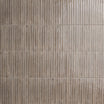
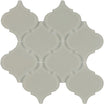


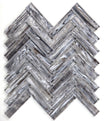

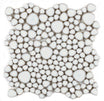
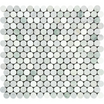

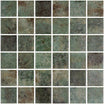

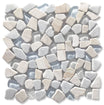
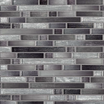

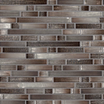




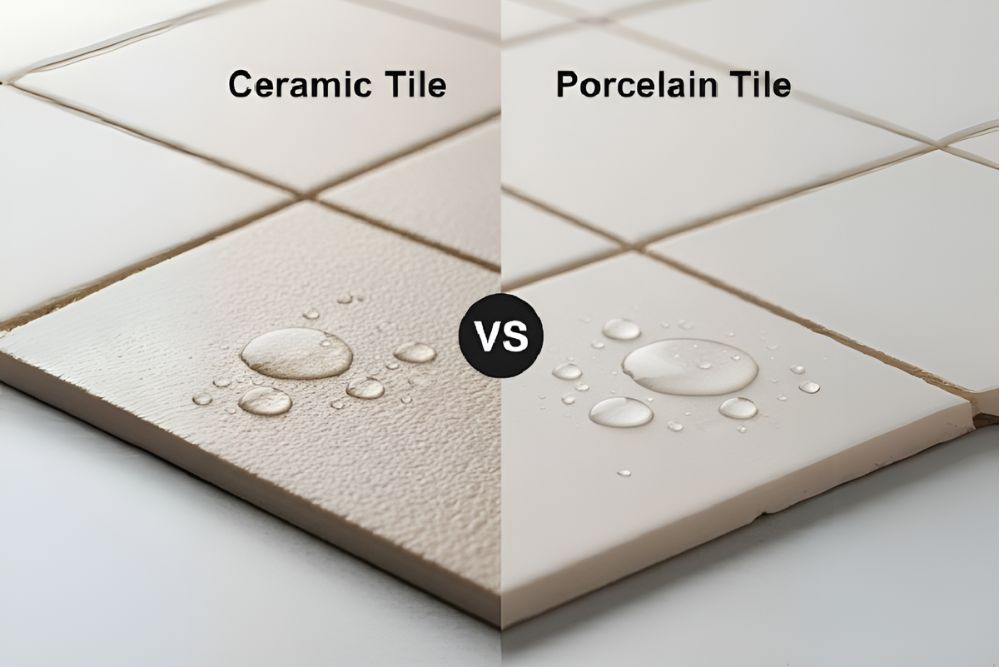

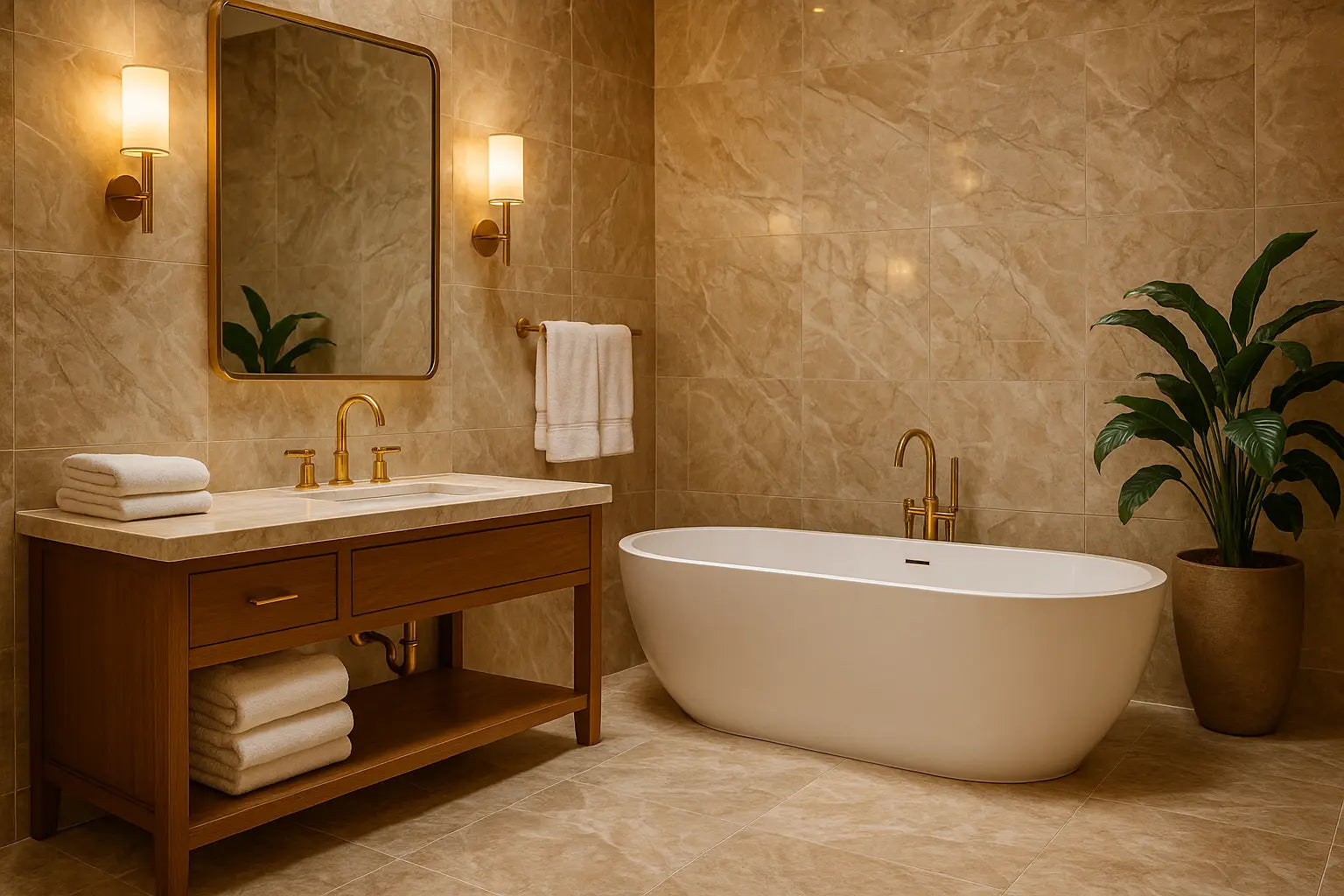
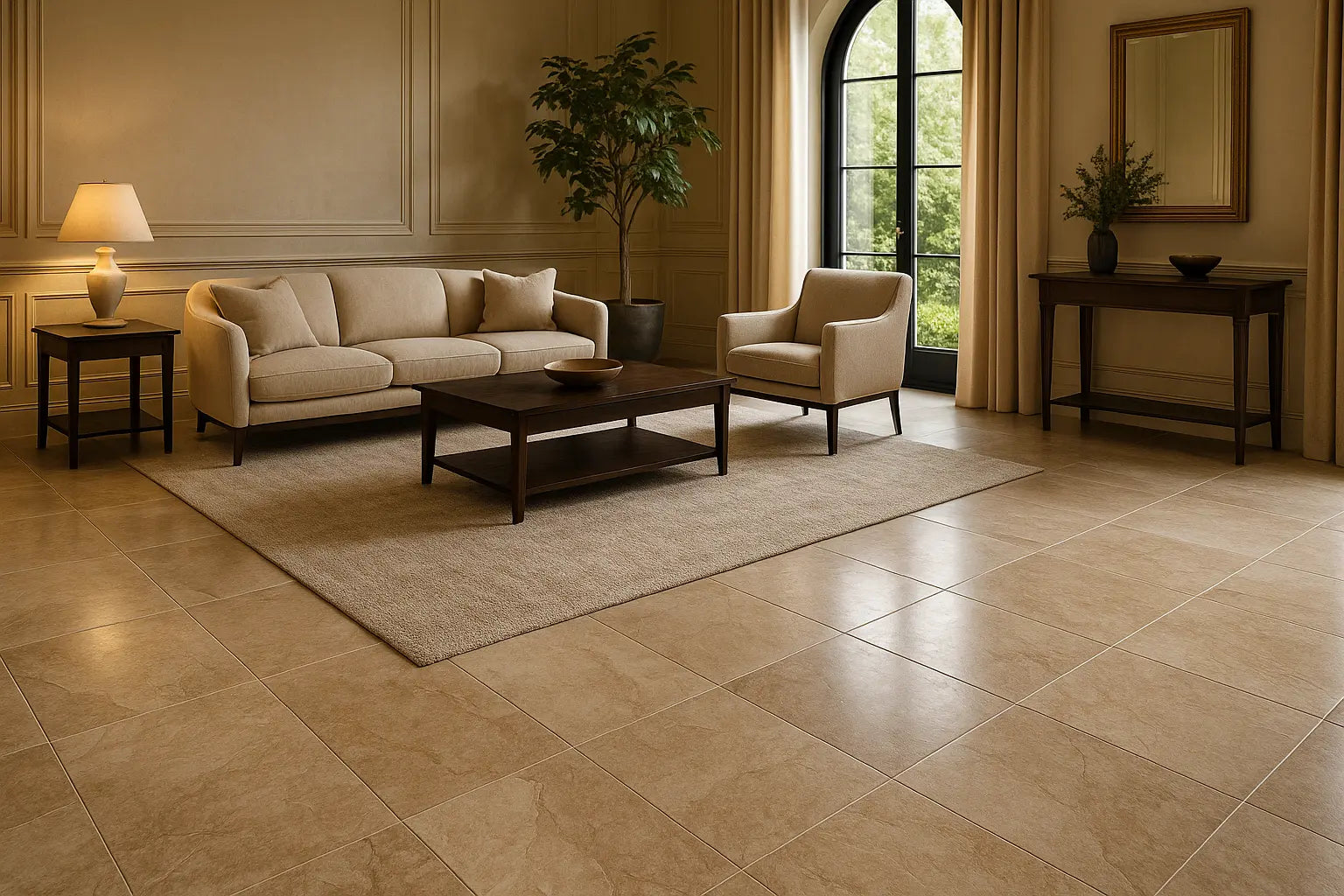
Leave a comment
This site is protected by hCaptcha and the hCaptcha Privacy Policy and Terms of Service apply.